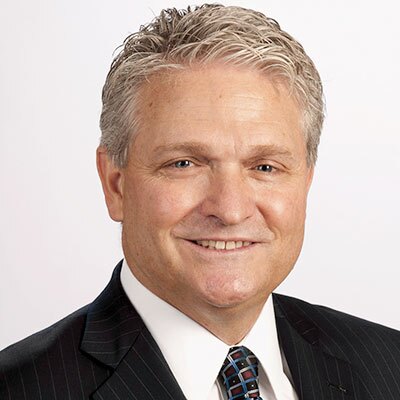It’s an exciting time for insurance. Startup activity and investment — $1.7 billion in 2016, according to CB Insights — are at an all-time high as the growing cohort of “insurtechs” targets legacy processes for digital reinvention. On the carrier side, visionary executives are spearheading internal efforts to emulate those companies’ abilities to ideate, iterate and execute on a 21st-century timeline.
Over the past several months, Digital Insurance consulted with experts across the industry to assemble this list of 20 innovators who are truly leading insurance into a new era defined by digital efficiency and effectiveness. These leaders are transforming an industry known for paper forms and overnight batch processing into a fully digital experience from quote to claim, leveraging real-time data from connected devices and advanced analytics to create new insurance products that meet modern needs.



















